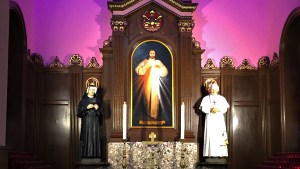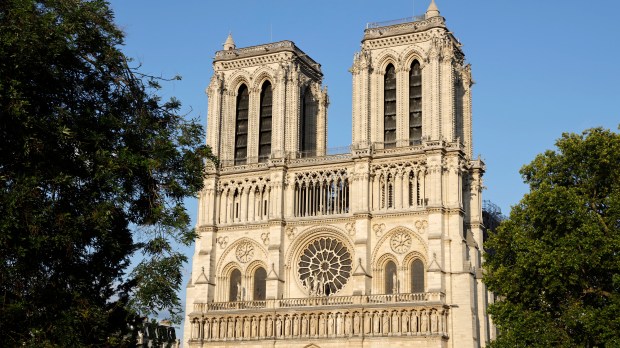While many Roman Catholics are familiar with Divine Mercy Sunday, this is a relatively new name given to the Second Sunday of Easter.
Historically, this Sunday was known by a variety of names, and each points to a different aspect of this celebration.
Here are four names for the Second Sunday of Easter and their meanings.
Low Sunday
Traditionally the Second Sunday of Easter was nicknamed “Low Sunday.” This name was meant to contrast the “High Sunday” of Easter Sunday.
Quasimodo Sunday
In the Middle Ages this Sunday was known as Quasimodo (“In the manner of”) Sunday, from the Latin words that began the Introit, “Quasi modo geniti infantes” (“As newborn babes desire milk” – 1 Peter 2:2). It was on this day that Victor Hugo’s fictional hunchbackinfant was abandoned on the steps of Notre Dame Cathedral, and given the name Quasimodo — which can also mean “half-formed.”
Sunday in Albis
According to the Catholic Encyclopedia, the Second Sunday of Easter “was consequently known as dominica in albis (deponendis), the Sunday of the (laying aside of the) white garments.” In the early Church, the newly baptized at the Easter Vigil would wear their baptismal gowns during the eight days of the Easter Octave. They would then “lay them aside” on the Second Sunday of Easter.
Divine Mercy Sunday
In 2000, Saint John Paul II canonized the Polish religious mystic Faustina Kowalska, and during his homily officially designated the Second Sunday of Easter “Divine Mercy Sunday.”
John Paul II did this to endorse Faustina’s private revelations as well as to put more emphasis on Divine Mercy in the 21st century.



